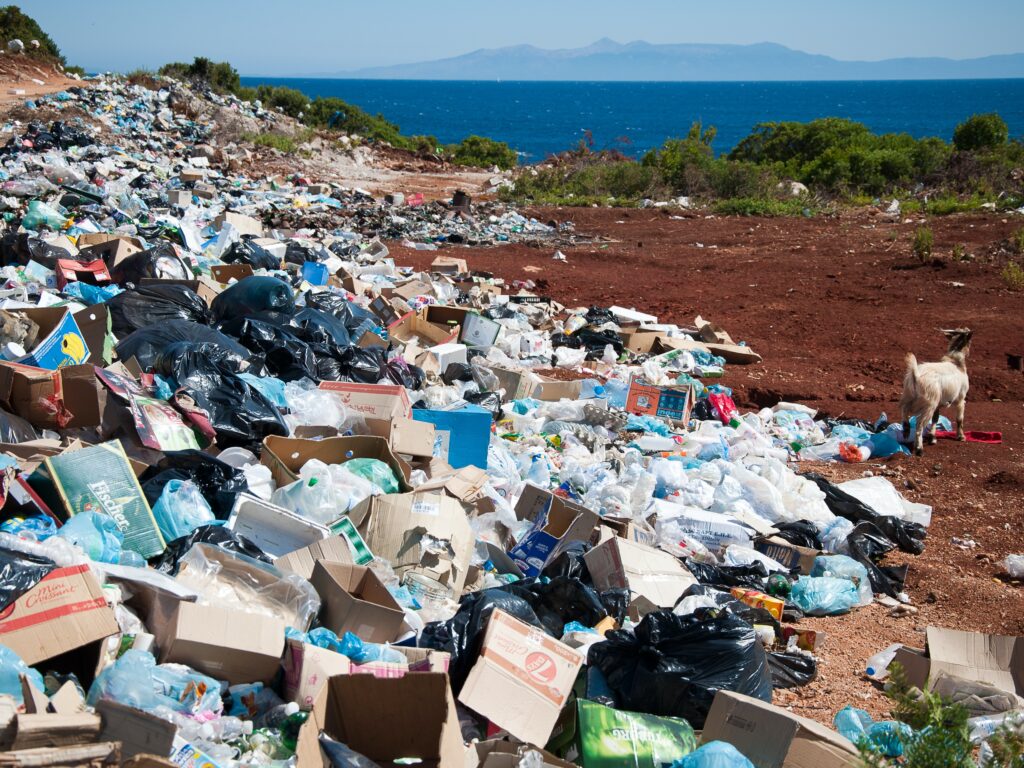Despite the fact that there have been numerous warnings from scientists, doctors, environmentalists etc, most of us continue to ignore the enormity of the issue of climate change. Why is that?
We might feel as if this issue is too overwhelming, frightening and difficult to understand so we are going to be in denial. However, if we continue ignoring reality, if we allow the climate to continuously change, the world, our world will eventually become inhabitable. The dystopian movies will become our reality, there will be an extreme shortage of food and water which will drastically increase poverty around the world; Eventually, this will mean the end of the human race. Although our generation may not live to the age to experience the life-threatening and extreme impacts of climate change, the future generations which include our children and grandchildren will be forced to live through it and at this point, it will be impossible to reverse climate change.
“It’s easy to feel overwhelmed or powerless by the scale of the issues facing our planet, but we have the solutions.”
Thousands of scientists and government reviewers have agreed that limiting global temperatures to rise more than 1.5 degrees would help maintain a liveable climate where biodiversity can thrive and there can be a chance to slow down the impacts of global warming. However, policies set in place point to a 3 degree temperature rise by the end of the century. By cooperating cheap and effective methods into your
lifestyle, you can contribute to stopping global warming. Here are some ways to reduce your impact on the environment…
• Save energy at home. This can easily be done by switching to LED light bulbs which are overall cost effective compared to normal light bulbs. By switching to LED light bulbs, energy used via fossil fuels is reduced to less than 80%.
• Walk, bike or use public transport. Not only does this have environmental benefits, it can also improve your lifestyle. By walking and cycling, it has proved to have positive physiological as well as psychological impacts. By turning to these methods of transport, you can reduce your carbon footprint by up to 2 tonnes of CO2.
• Throw away less food. An easy way to reduce your carbon footprint is to buy only what you need by wasting food, you waste all the energy that was used to grow, package and transport the product. As the food rots in a landfill, it produces methane which is one of the most powerful greenhouse gases. Instead, you can compost all your leftover food. By cutting your food waste, you can reduce your carbon footprint by up to 3000 kg of CO2 per year.
Despite our neglectful and devastatingly damaging actions done every day to increase global warming, there are other ways in which we are damaging the environment. Every day approximately 8 billion pieces of plastic make its way into our oceans. Although this may seem irrelevant to you, this can have a negative multiplier effect. For instance, a damaged marine ecosystem can cost the tourism industry (which is the main source of income for many LIC’s) trillions of dollars, essentially increasing poverty in many areas around the world. Additionally, the harmful plastics we are feeding the ocean often end up inside our own bodies; this can be extremely harmful as we ingest toxic chemicals that can essentially
result in health problems such as: hormonal issues, reproductive issues and damage to our nervous systems. Although we constantly raise awareness of these harmful effects, equally, organisations that reduce these effects must also be credited…
Ocean cleanup- how technology is being utilised to clean up the ocean
Ocean cleanup is one of the biggest non-profit environmental organisations that has been working on ways to reduce the amount of rubbish that enters our ocean. It is also determined to clean up or reduce garbage that enters the great pacific garbage patch; The great pacific garbage patch contains a build-up of plastic debris ranging from large fishing nets to miniscule microplastics which take thousands of years to break down. To reduce the amount of plastic that enters the ocean, the ocean cleanup has cast barriers in the mouth of rivers to intercept trash and buffers it until it is removed from the water. They use AI to constantly scan the ocean’s surface helping them understand what parts of the pacific they need to target. So far, they have managed to clean up 200,000 kilograms of plastic from the great pacific garbage patch, despite this only representing 0.2% of the plastic contained in the patch, they aim to have collected 1% by the end of this year.
The enormity of our global crisis cannot be captured in one article. Therefore, we have decided to conduct a series of articles to truly apprehend the extremity climate change and global warming which will continue over the course of the next few months. Next week, we will highlight one of many ways Brampton college tackles climate change.
By Dhruti Shah, student






